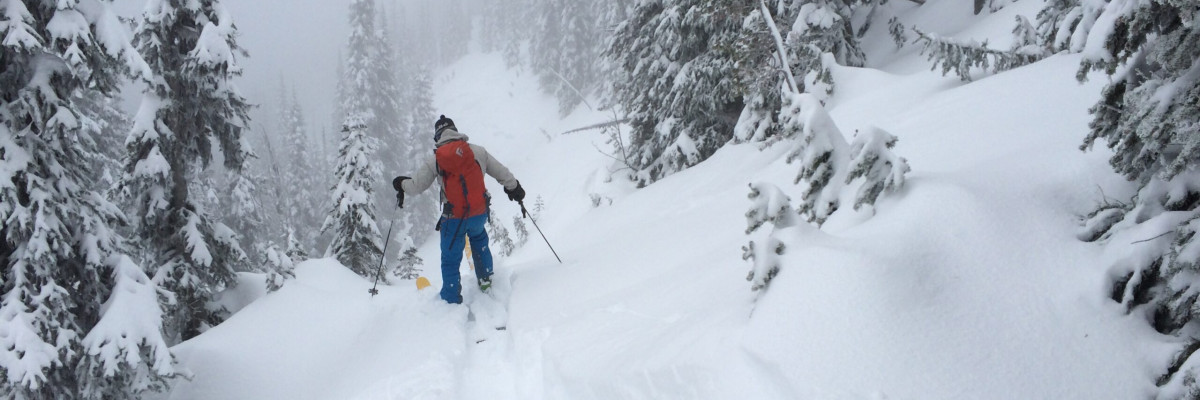The avalanche danger remains CONSIDERABLE. Dangerous avalanche conditions exist in the west central Montana backcountry above 6000 feet. On terrain steeper than 30 degrees, natural avalanches are possible, human triggered avalanches likely. Careful snowpack evaluation, cautious route-finding and conservative decision making is essential for safe travel in avalanche terrain.
Good morning backcountry skiers and riders! This is Steve Karkanen with the backcountry avalanche advisory for west central Montana. This information is provided under an agreement with the Forest Service, who is wholly responsible for it’s content. The information does not apply to operating ski areas.
Weather and Snowpack
This morning mountain temperatures are in the twenties with light snow as a shortwave trough passes through the area.
Since Tuesday, mountain locations picked up several more inches of storm snow but without the high winds we experienced earlier in the week. Southern Bitterroot locations picked up the most snowfall with close to 14 inches near Saddle Mountain and around 8 inches in the northern mountains. Christmas Day was a great day to be out in the snow.
Our information is somewhat limited today due to the holiday but I did get out for a look at conditions near Lolo Pass and Ed Snook toured near Lost Trail Pass on Christmas. Below 6000 feet the snow is well settled with only the newest snow failing on a density change in stability testing. The situation is a bit different above 6000 feet especially on lee terrain below the ridges. We have not seen or heard of any natural or human triggered avalanches since Monday but the wind slabs that formed earlier in the week are still sensitive and now appear inviting with the recent snowfall.
Many steep slopes slid during the Solstice storm last Sunday. There are many more that did not avalanche and it may not be easy to see if the weak layer was cleaned out in the areas that did. These places may be reloaded again. On Tuesday Dudley mentioned that it is a good idea to tiptoe around for a few more days to give the snow time to adjust to the added weight. Good advice to follow for a few more days particularly on any wind loaded terrain.
Weather and Avalanche Forecast
Snow will decrease and cloud cover will break up for a short time this afternoon. The next system arrives Saturday and has potential for moderate to heavy snowfall through Sunday. On Sunday an Arctic front moves into western Montana with high winds and much colder temperatures.
If the next storm plays out as expected with heavy snow and high winds, the avalanche danger may increase to HIGH. Pay close attention to the weather forecast and note wind speed and direction. There is a ton of snow available for transport right now and the expected northeast winds will redistribute it onto more west and south facing terrain.
Dudley will issue the next regular advisory on Tuesday, December 30.
Your observations are valuable to us! Send a quick note to [email protected] or use our online form to submit an observation.














